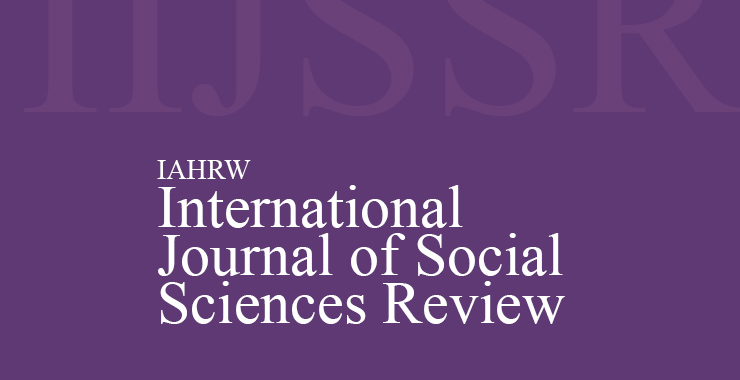The Impact of Psycho-social Education and Yoga Practice on the General Health of Undergraduate Students
Original price was: ₹ 201.00.₹ 200.00Current price is: ₹ 200.00.
Page: 665-668
V. S. Krishnamurthy (Department of Psychology Government Home Science College for Women, Holenarsipura, Hassan, Karnataka)
Description
Page: 665-668
V. S. Krishnamurthy (Department of Psychology Government Home Science College for Women, Holenarsipura, Hassan, Karnataka)
This study aimed to evaluate the impact of psycho-social education and yoga practice on the general health of undergraduate students. Using an experimental pre-post design, the study assessed changes in general health scores of 22 female undergraduate students aged 18-21 who participated in a four-month psycho-social education and yoga intervention. The General Health Questionnaire-28 (GHQ-28) was administered before and after the intervention to measure participants’ general health. Data were analyzed using the Shapiro-Wilk test for normality, descriptive statistics, and the Wilcoxon signed-rank test for hypothesis testing due to non-normal data distribution. The findings revealed a statistically significant improvement in general health scores after the intervention. The mean score decreased from 16.73 (SD = 5.65) pre-intervention to 7.91 (SD = 3.74) post-intervention. The Wilcoxon signed-rank test showed a significant reduction in scores, Z = −4.01, p < .001, with 20 participants showing improvement and 2 showing no change. These results align with previous research highlighting yoga’s benefits in reducing stress, anxiety, and depressive symptoms while improving emotional and physical health. Potential mechanisms include stress reduction, increased physical activity, enhanced self-awareness, and the cumulative effects of psycho-social education and yoga practice. The study demonstrates that psycho-social education combined with yoga is an effective intervention for enhancing the general health of undergraduate students. Future research should explore long-term effects, optimize intervention components, and compare the efficacy of yoga with other wellness programs.

